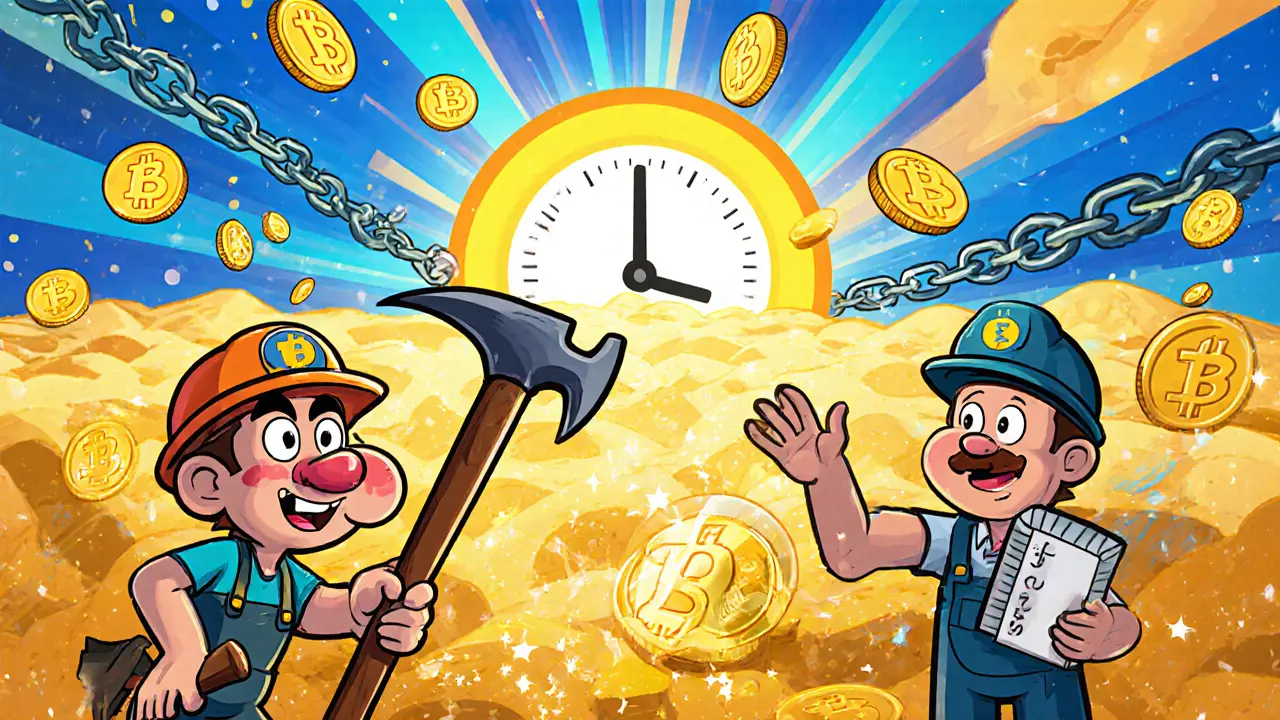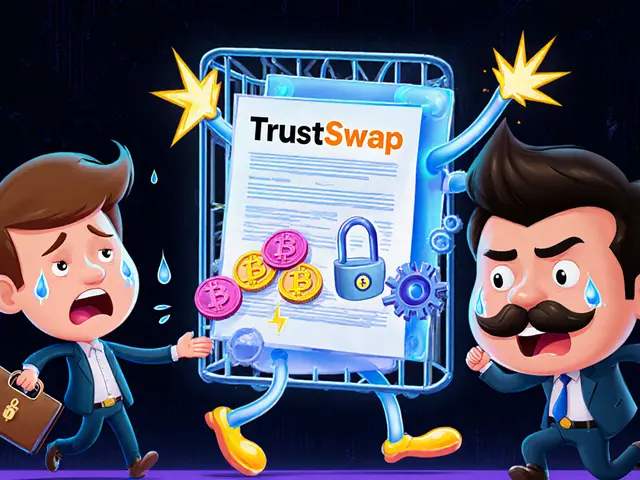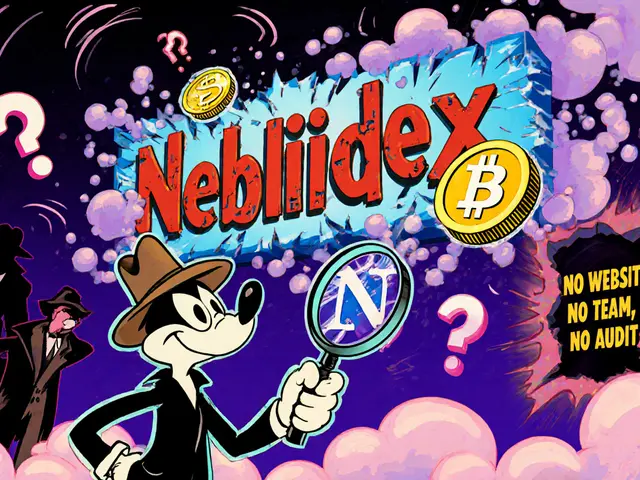Blockchain Incentives: How Crypto Rewards Drive Participation
When working with blockchain incentives, financial motivations built into blockchain protocols to encourage participation. Also known as crypto rewards, it powers everything from early‑user bonuses to long‑term network security. One of the most visible forms is the airdrop, a one‑time token distribution that rewards early adopters or community members. Airdrops create instant buzz, attract new wallets, and seed liquidity for fledgling projects. This kind of incentive blockchain incentives encompass distribution mechanisms that can jump‑start a token’s market presence while also building a base of engaged users.
Understanding Different Types of Incentives
Beyond airdrops, the design of tokenomics, the economic model that defines supply, distribution, and utility of a token is the backbone of any reward system. Good tokenomics dictate how many tokens are reserved for staking, liquidity mining, development, and community grants. When tokenomics are well‑balanced, they require clear staking pathways, which leads to staking rewards, regular payouts to users who lock up tokens to secure the network. Staking rewards not only provide passive income but also increase the amount of capital locked in a protocol, enhancing its security and credibility.
Liquidity mining takes the idea a step further: users supply assets to a decentralized exchange or lending pool and earn additional tokens as a thank‑you for providing depth to the market. This is captured by liquidity mining, a program that rewards liquidity providers with native or partner tokens. Liquidity mining drives user participation, expands trade volumes, and can reduce price slippage for everyone. In practice, a successful blockchain incentive strategy weaves these pieces together: airdrops spark interest, tokenomics lay the groundwork, staking rewards keep users locked in, and liquidity mining fuels continuous market activity.
These mechanisms aren’t isolated; they influence each other. For example, a well‑structured tokenomics model will allocate a portion of its supply for both staking and liquidity mining, ensuring that rewards are sustainable over time. Meanwhile, airdrops can be used to seed the initial community that later becomes the pool of stakers and liquidity providers. Understanding how these incentives interlock helps investors spot projects with long‑term viability and helps creators design programs that attract and retain users.
Below you’ll find a curated set of guides, reviews, and deep‑dives that break down each of these incentive types. Whether you’re hunting for the next airdrop, figuring out how to stake safely, or learning the nuts and bolts of liquidity mining, the articles ahead give you practical steps and real‑world examples to put the theory into action.







Categories